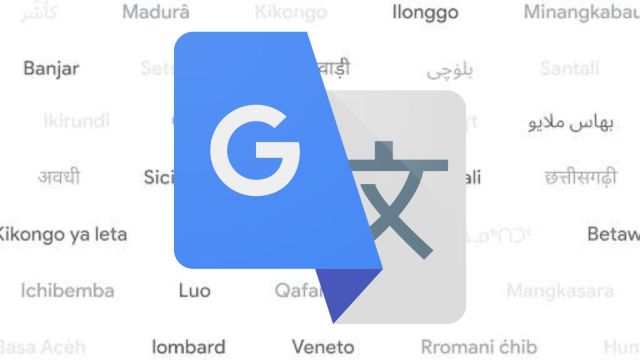Google Translate expands to 110 new languages including Marwadi, Santali, and Tulu
The new languages have been added to Google Translate with the help of Google's PalM2 large language model.
 Google in its official release said that the new languages represent over 614 million speakers. (Credit: Express Image)
Google in its official release said that the new languages represent over 614 million speakers. (Credit: Express Image)Google Translate, a feature that has been helping millions of people communicate, has announced a new update. Google has said that it is using AI to expand the variety of languages it supports through the application. Backed by its PaLM 2 large language model, Google is now rolling out 110 new languages to Google Translate. The Alphabet Inc. company claims that this is its largest expansion ever.
Google Translate was introduced in 2006 and as of June 2024, the feature supports as many as 243 languages. The company said that it has been consistently applying the latest technologies to the feature to make it more accessible to people. In 2022, the company added 24 new languages using Zero-Shot Machine translation, a technique through which machine learning models learn how to translate. The company had announced its 1,000 Languages initiative back then. As part of the initiative, the company aims to build AI models that will support 1,000 most spoken languages around the world.
Helping nearly half a billion translate
Google in its official release said that the new languages represent over 614 million speakers, making translations accessible to around eight per cent of the world’s population. Some of these are major languages with over 100 million speakers, while others are spoken by smaller communities of indigenous people. The latest expansion also brings more African languages such as Fon, Luo, Ga, Kikongo, Swati, Venda, and Wolf to the application. The new inclusion also has seven Indian languages such as Awadhi, Bodo, Khasi, Kokborok, Marwadi, Santali, and Tulu.
Google also mentioned how it adds new languages to Translate. The tech giant said that it considers numerous factors such as regional varieties, dialects, and spelling standards. Since many languages lack a single standard form, Google said it prioritise the most commonly used varieties. The company also said that PaLM 2 technology aids in learning languages closely related to each other, such as those close to Hindi and French creoles. By collaborating with linguists and native speakers, Google said it aims to support more language varieties and spelling conventions over time.







